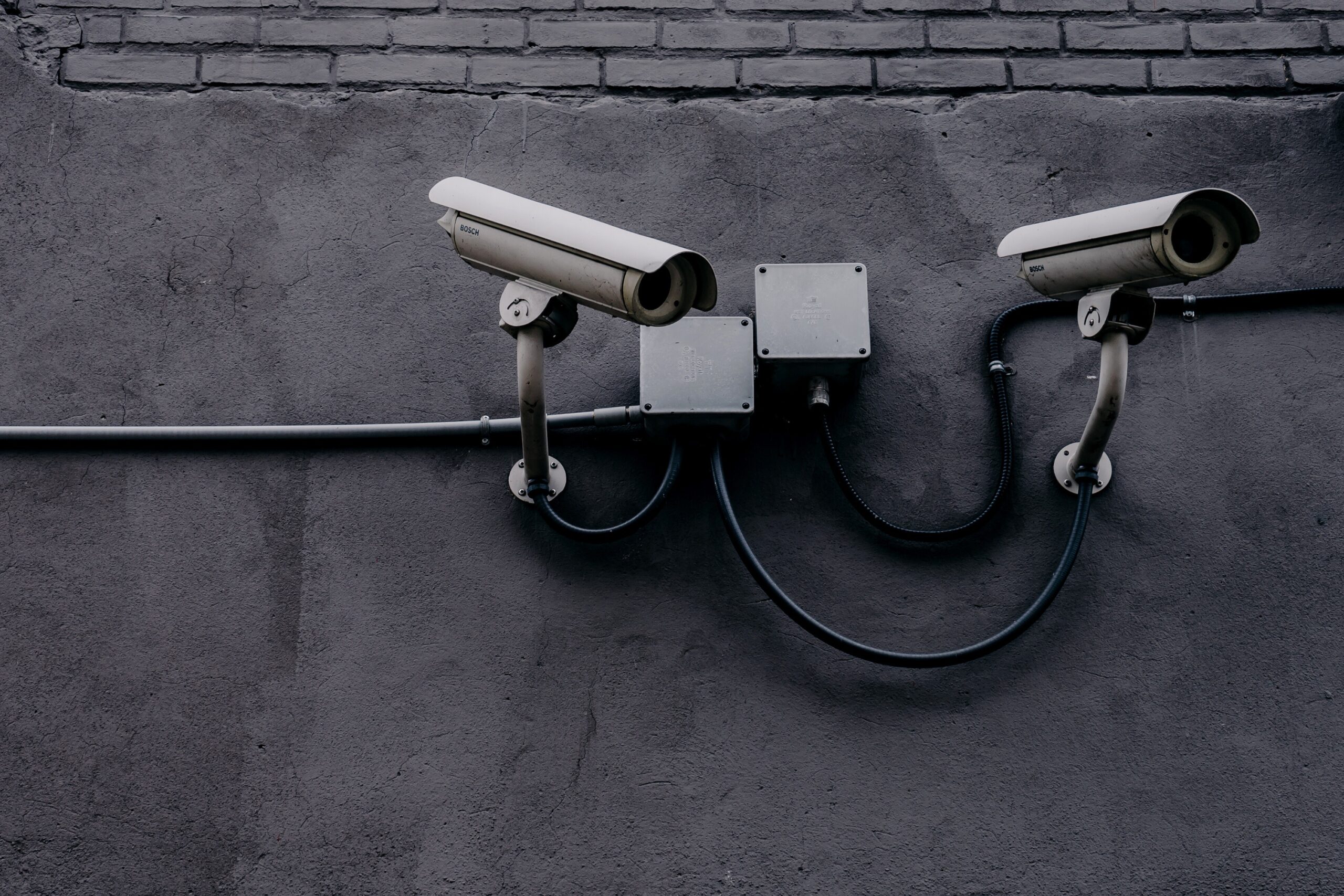Parliamentary committee hears evidence from a range of sources, with conflicting views put forward on the legal mandate for the technology’s use and the role of transparency in doing so
A parliamentary committee has heard conflicting views over the use of facial recognition technology by police authorities.
During a recent meeting, members of the House of Lords Justice and Home Affairs Committee heard from stakeholders on the potential of using the technology. However, the cohort, comprised of two polices services as well as representatives from the public and private sector, disagreed over levels of transparency and the technology’s potential to breach an individual’s privacy.
Evidence was put forward by spokespeople from four different organisation with the South Wales Police and the Metropolitan Police Service (MPS) amongst those invited to take part in the discussion panel. Both organisations began trialling the systems over six years ago.
Karen Yeung, interdisciplinary professorial fellow in law, ethics and informatics at the Birmingham Law School & School of Computer Science pointed out that too much “transparency” may hinder the potential benefits of the technology, as the system might be “gamed”. In other words, those who are of interest might avoid the areas using the tech.
However, Mark Travis, senior responsible officer for facial recognition technology at the South Wales Police; said that such transparency might be a “preventative measure”. He explained that it may stop serious harm, as awareness of its use might deter individuals from carrying out dangerous acts, as they know they could be easily identified among crowds.
Yeung also called for “clear” legislative framework going forward. She pointed out that although “advances are quite fast”, there are still “massive operational challenges” for progressing from a match alert to the arrest of a person “for genuine reasons that match the test of legality”.
Related content
- ‘A threat to our fundamental freedoms’ – MPs and peers voice opposition to live facial recognition
- Home Office explores facial recognition technologies for police
- Information commissioner speaks out against current uses of facial recognition
These methods of surveillance are formed by three elements: live data from CCTV cameras, software able to scan faces and turn them into numbers, and a watchlist of facial images which have been turned into numbers. Most systems create a similarity score between the two faces detected – the one detected by the software and the one in the watchlist. It is this score which has caused controversy recently, as there have been concerns raised the system might be gender and racial bias.
The EU recently banned police and national security bodies from using live biometric data, with some narrow exceptions. An announcement Baroness Sharmishta Chakrabarti referred to when raising her concerns on what was the democratic, ethical and legal justification for trialling the technology, especially in relation to its compliance with Article 8 (right to privacy).
Lindsey Chiswick, director of intelligence at the MPS said that although there is no specific legislative authority for the deployment of the tech, the force’s legal mandate takes common law as “the primary law”, which she said was found sufficient to be able to deploy the technology in accordance with the ruling from the Bridges case.
The Bridges case dates to 2019, when civil rights campaigner Ed Bridges filed a claim against the South Wales Police for using the technology. He said it breached rights to privacy, data protection, and equality laws.
Although formerly rejected by the High Court, the Court of Appeal ruled in his favour in 2020, saying Bridges’ right to privacy, under Article 8 of the European Convention on Human Rights, had been breached due to “too broad a discretion” left to police authorities in applying the technology.
Addressing concerns over data and privacy, Chiswick from the Met Police also stated that data on faces with no match is automatically destroyed and people scanning through the data only see a pixelated version of these faces.

A version of this story originally appeared on PublicTechnology sister publication Holyrood





